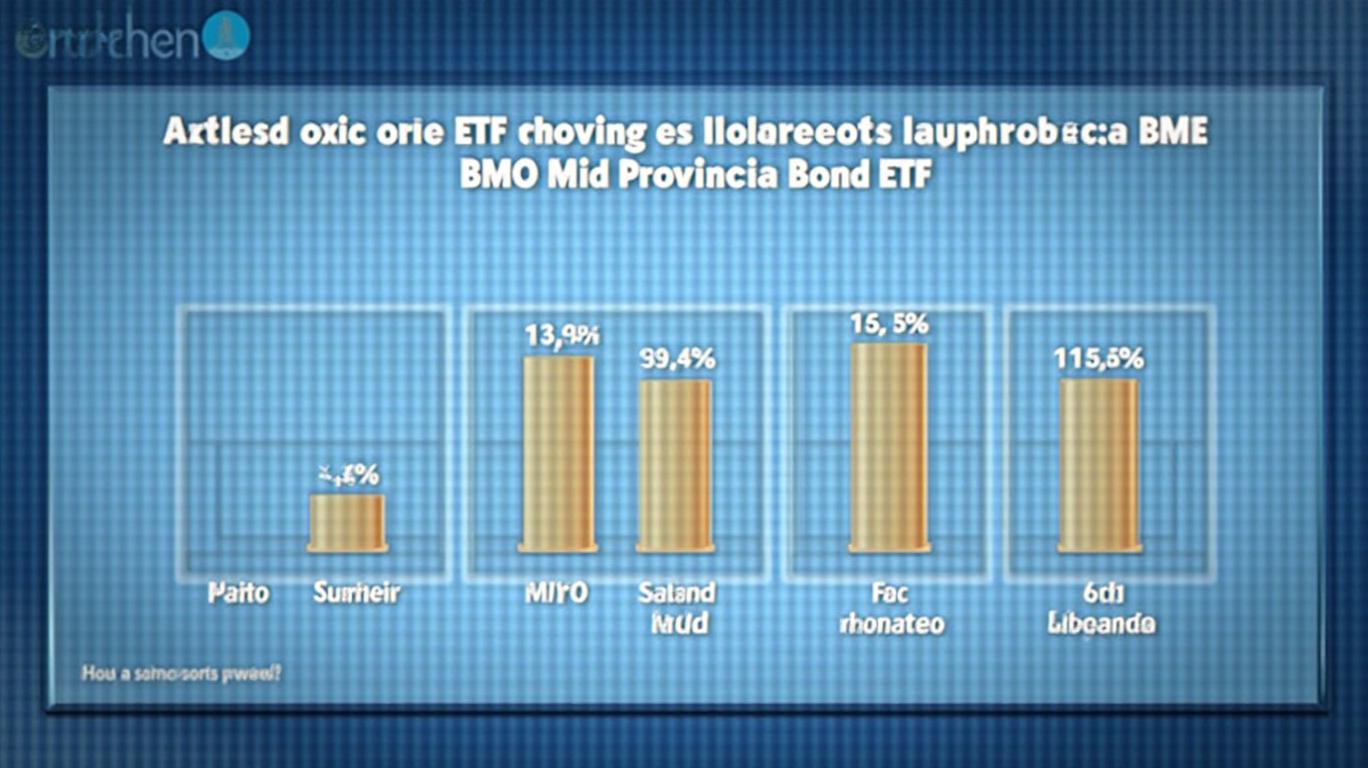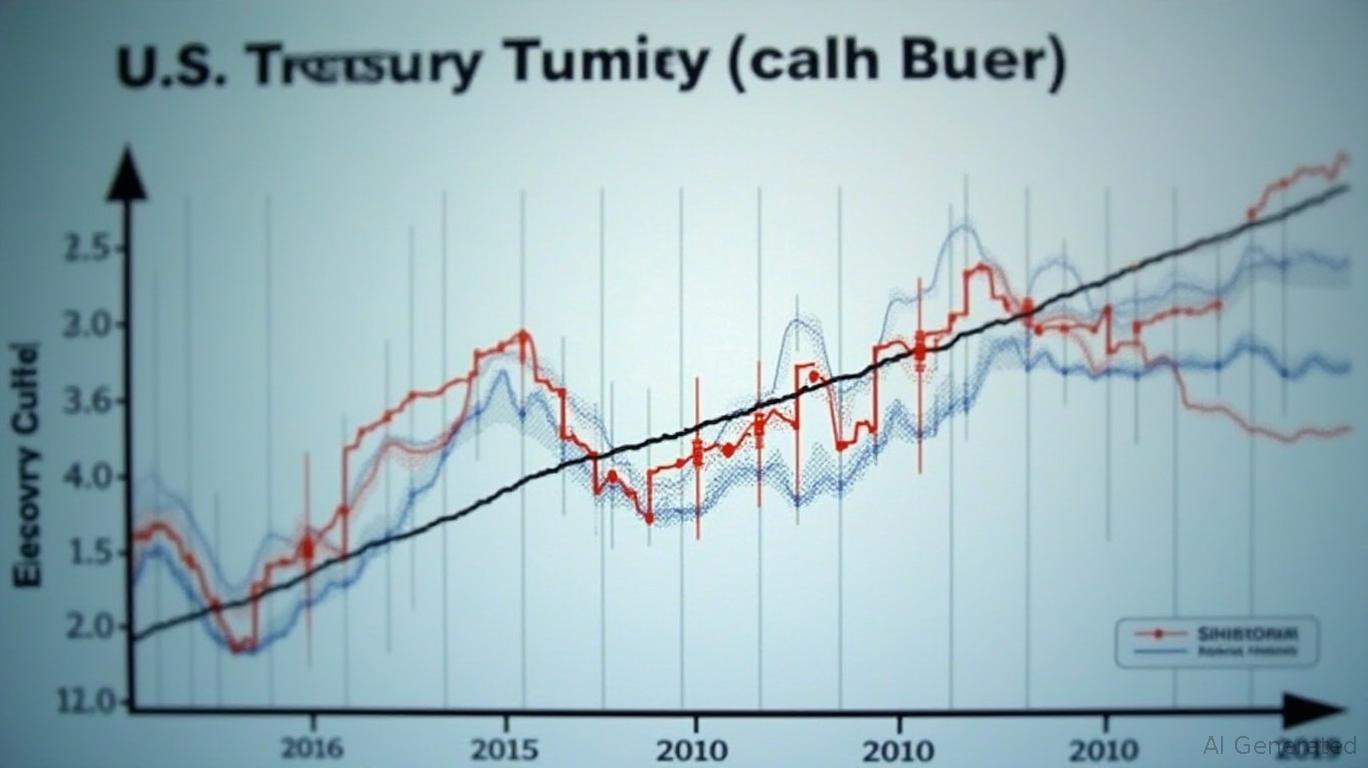Navigating Municipal Bond ETFs in a Shifting Landscape: The Case of PIMCO Intermediate MUNI
The PIMCO Intermediate Municipal Bond Active ETF (MUNI) has long been a cornerstone for investors seeking tax-exempt income through exposure to high-quality municipal bonds. Its recent May 2025 dividend announcement of $0.14 per share, however, underscores a nuanced shift in the fund’s distribution strategy amid evolving market conditions. This article delves into the implications of this decision, historical trends, and what investors should consider moving forward.

The Dividend Decline and Its Context
The $0.14 dividend for May 2025 marks a notable drop from the $0.15–$0.16 per share payouts seen in late 2024. This reduction follows an April 2025 dividend of $0.13, the lowest monthly distribution in the observed period. While the fund’s 30-day SEC yield dipped to 3.07% by April 17, 2025, from over 4% in early 2024, the trend reflects broader challenges in the municipal bond market.
This visualization would show a gradual decline in monthly distributions from $0.154 in April 2024 to $0.13 in April 2025, highlighting the erosion of income underpinning the fund’s appeal.
Key Dates and Distribution Mechanics
For the May 2025 dividend:
- Ex-Dividend Date: May 15, 2025
- Record Date: May 16, 2025
- Payment Date: May 17, 2025
Investors must own shares before the close of business on May 16 to qualify for the distribution. Notably, these dates align with the fund’s historical pattern of setting ex-dates close to the record date, minimizing uncertainty for shareholders.
Drivers of the Dividend Trend
- Interest Rate Pressures: Rising rates reduce bond prices, compressing yields and limiting the income generated from municipal holdings.
- Portfolio Adjustments: As an actively managed ETF, PIMCO may have shifted toward shorter-duration bonds or lower-yielding securities to mitigate rate risk, dampening dividend potential.
- Market Liquidity: Competition for tax-exempt income has intensified, with issuers offering smaller coupons as borrowing costs rise.
Why Municipal Bonds Still Matter
Despite the decline, MUNI retains its core advantage: tax-exempt income. For investors in high-income tax brackets, the after-tax yield on MUNI often outperforms taxable bonds. For example, a 3.07% yield in a 32% tax bracket equates to a 4.46% taxable-equivalent yield, a compelling value in a low-yield environment.
Risks and Considerations
- Interest Rate Sensitivity: PIMCO’s focus on intermediate-maturity bonds (average duration of 4–7 years) leaves it exposed to further rate hikes.
- Credit Quality: The fund’s portfolio holds predominantly high-quality municipal bonds, but defaults or downgrades could disrupt cash flows.
- Inflation: Rising prices could erode the real return of fixed-income payouts, even if nominal yields stabilize.
Conclusion: A Strategic Hold or Sell?
The $0.14 dividend signals a cautious stance from PIMCO amid macroeconomic uncertainty. While the yield has contracted, MUNI remains a robust tool for tax-advantaged income, especially for investors in states with high local taxes.
Data supports this perspective:
- Historical Resilience: Over the past decade, municipal bonds have outperformed Treasuries in 8 of 10 years, according to Morningstar.
- Diversification Benefits: Adding MUNI to a portfolio reduces correlation with equities, enhancing risk-adjusted returns.
Investors should prioritize monitoring MUNI’s yield trajectory and PIMCO’s quarterly reports for signs of stabilization. For now, the fund’s active management and tax-free feature justify its place in conservative portfolios—but investors must be prepared for continued volatility in distributions.
As rates stabilize or retreat, MUNI’s dividends could rebound. Until then, patience and a long-term view remain critical.


_219eac971750077834984.jpeg)







